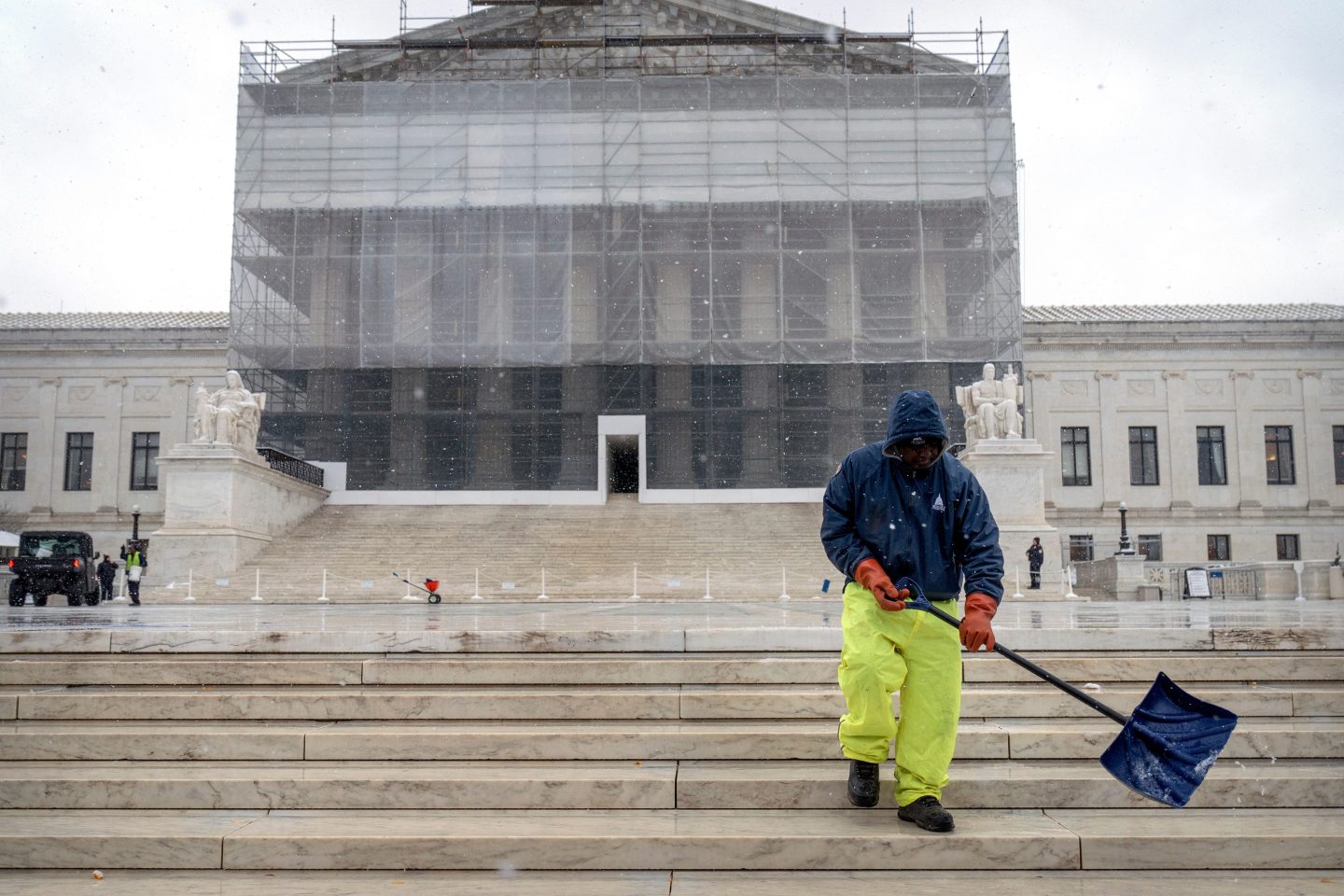One of the results Apple’s executive team is sure to trot out Wednesday when it releases the company’s fiscal 2009 Q1 earnings report is the explosive growth of its iTunes App Store.
Six months after it opened for business, the store has published more than 15,000 programs for the iPhone and iPod touch and logged at least half a billion downloads — stats Apple (AAPL) trumpeted last Friday on its website and in full-page newspaper ads.
What the company hasn’t talked about is how those numbers are trending. Is growth still accelerating? Has it flattened out? Is it starting to head south?
In other words, has the App Store peaked?
The answer emerges from two charts pasted below the fold, plotted from the half-dozen data points Apple has released since July 11, the day the iPhone 3G and the App Store launched.
The charts:


Clearly, the App Store hasn’t peaked — at least not yet. In fact, there seems to be something of a snowball effect.
Not only has the number of applications made available for downloading grown since November, but the rate at which they’re coming has increased. The average number of apps that show up each day has more than doubled from 30 to 50 per day between August and November to 100 to 120 a day since then. Either a lot more third-party developers are writing for the platform, or Apple has sped up its approval process.
Not surprisingly, given both the growth in apps and the growing number of iPhones in use, sales of applications are also accelerating. After the initial burst of 10 million downloads recorded in two days between July 11 and July 13, they hovered in the range of 1.25 million to 2.72 million a day. Then, in the 42 days between Dec. 5 and Jan. 16, they took off again, averaging 4.76 million a day — nearly back to where they were that first heady weekend in July.

The actual breakdown of iPhone applications, below, courtesy of 148 Apps, suggests that the percentage of downloads that one might find useful is somewhat higher than the 1% represented in Gizmodo’s pie-chart.

See also:











